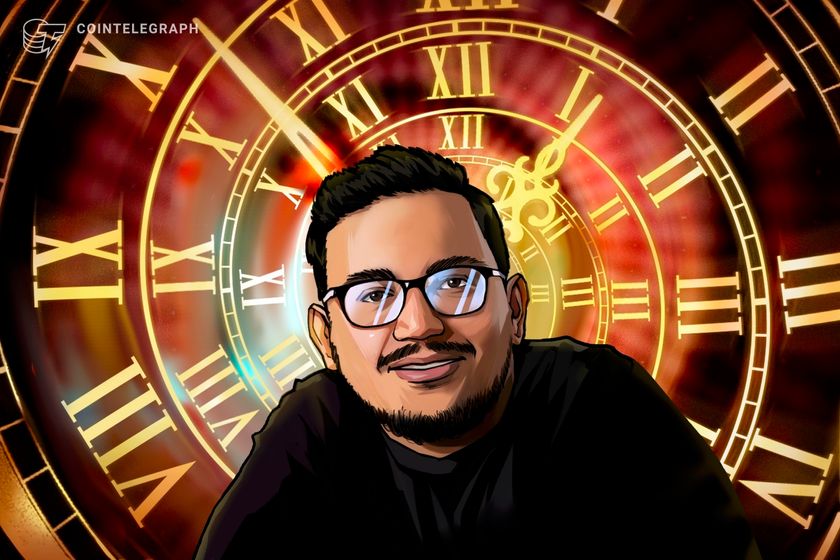
Californian Assembly Member Ash Kalra labeled the bill as a “common sense requirement” to help protect the work of actors, artists and entertainers.
A Californian lawmaker has introduced a bill to protect actors, artists, and entertainers from artificial intelligence, by mandating employment contracts to include informed consent when it comes to digital replicates.
Ash Kalra, an Assembly Member of the State of California — the lawmaker behind the bill — argued that generative AI presents a “real threat” to workers in the entertainment industry and its use should be banned unless a bargaining agreement between the parties is made.
The legislation, Assembly Bill 459, will eventually be assigned to a committee whose members will research, discuss, and make changes to the bill proposed by Kalra, which will then be put before the chamber for a vote.
Kalra explained in a Sept. 13 statement that “common sense requirements” like those in bill AB 459 need to be implemented to protect these workers:
“Mandating informed consent and representation will help ensure workers are not unknowingly at risk of losing the right to their digital self, and with it, their careers and livelihoods.”
The bill was also supported by Screen Actors Guild and American Federation of Television and Radio Artists (SAG-AFTRA) — a United States-based labor union representing over 100,000 media professionals around the world.
Kalra's office said AB 459 will be in print later today. Here's the draft language of the legislation. pic.twitter.com/J2rIEUBvuh
— Queenie Wong (@QWongSJ) September 13, 2023
Duncan Crabtree-Ireland, the guild’s national executive director and chief negotiator stressed that protecting an actor’s digital image through consent-based laws is now a necessity.
“We believe that our members must maintain full control over the use of their digital selves through informed consent, and this is key if they are to be able to build and sustain a career,” he explained.
Crabtree-Ireland said AI copycats can lead to “abusive” and “exploitative” practices and that legislation will play a key role in curtailing such conduct:
"We see protection against the unjust transfers of these rights to be an imperative against potential abusive or exploitative practices. We are deeply concerned by the proliferation of AI-created audio and video content without full consent, and this legislation is an important step to ending these dangerous practices.”
Related: AI deepfakes are getting better at spoofing KYC verification — Binance exec
The Screen Actors Guild has been behind a nearly four-month-long ongoing strike action in Hollywood over base compensation, better working conditions and other contentious issues.
One of the issues raised revolves around AI and its use, with the workers demanding stricter protections against artificial intelligence and larger royalties for their work, known in the industry as residuals.
In a recent interview with Variety, U.S. actor Sean Penn took a shot at many studios' desire to utilize actors' likenesses and voices for future AI use.
“So you want my scans and voice data and all that. OK, here’s what I think is fair: I want your daughter’s, because I want to create a virtual replica of her and invite my friends over to do whatever we want in a virtual party right now.
"Would you please look at the camera and tell me you think that’s cool?” he asked.
Magazine: AI Eye: AI’s trained on AI content go MAD, is Threads a loss leader for AI data?


















